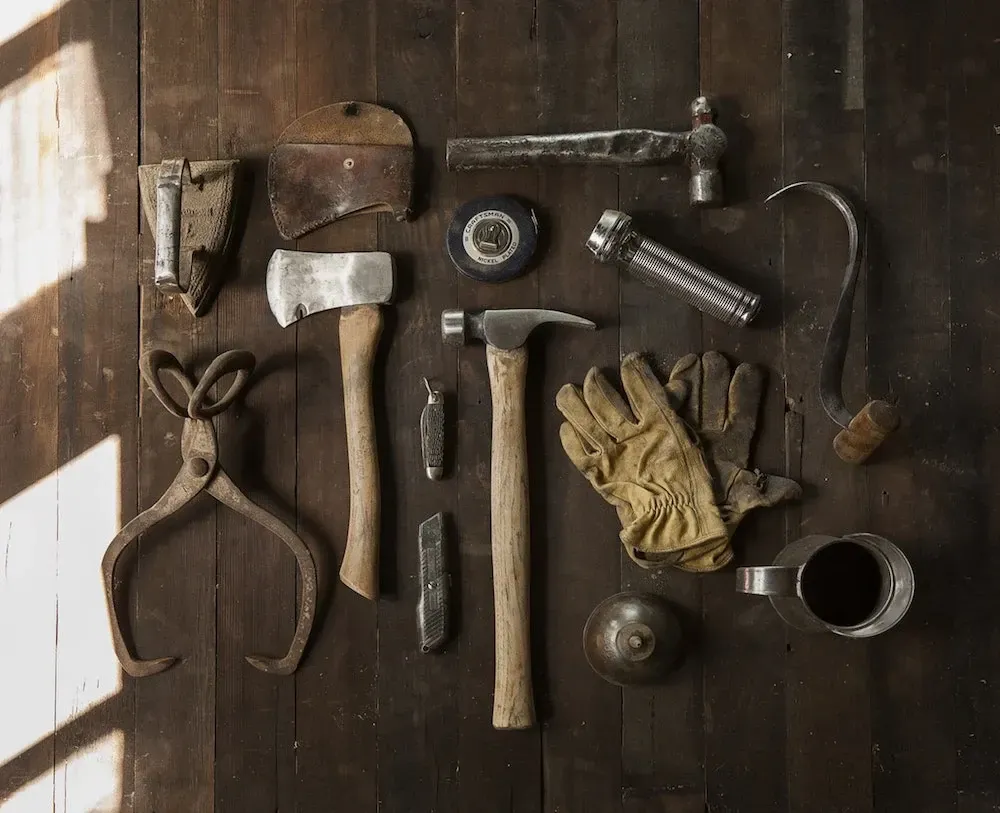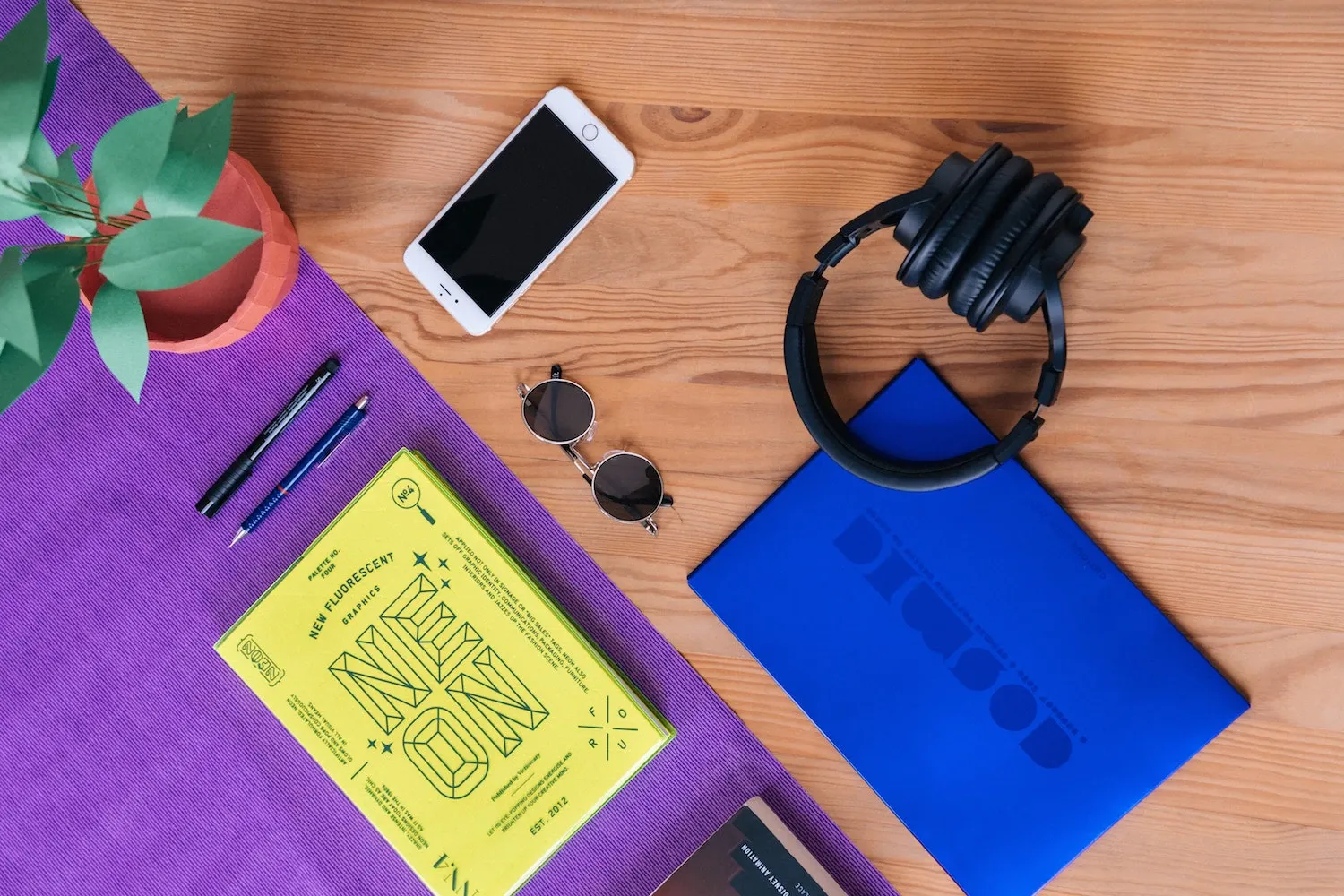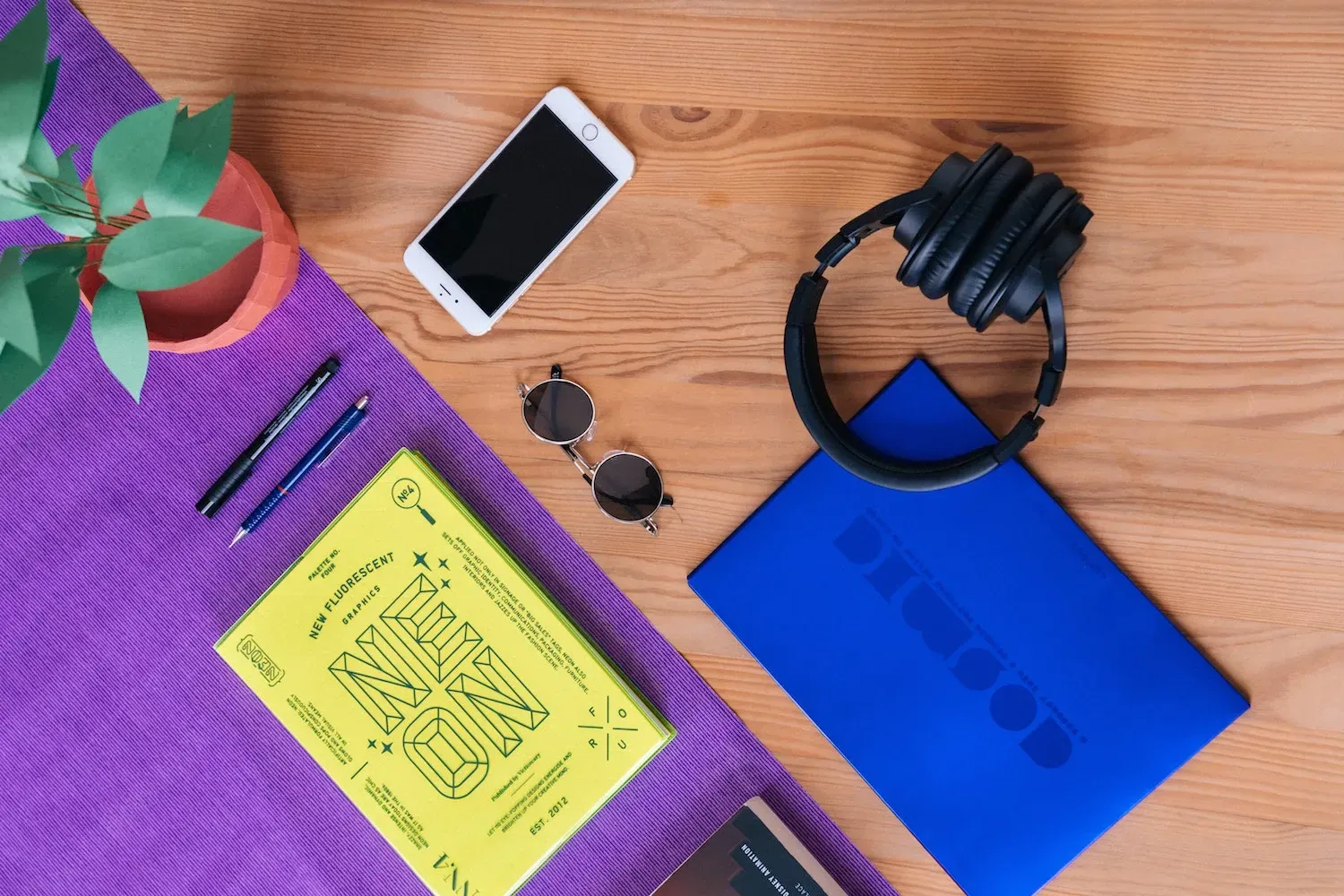Digital Tools for creative professionals

If you’re trying to make a living as a creative, you’re going to need a bit more than just your raw talent. There’s all kinds of extra stuff to deal with - paperwork, finances, marketing, collaboration, and so on and so forth.
Luckily, we live in a time where there are all kinds of tools available to make things easier, so you can spend more time on the creative work that you enjoy. I caught up with a couple people to find their favourite tools - and included one of my own as well.
Chrissy Irvine - Photographer and Operations Manager at The Big Idea
Who says creatives can't be organised? Chrissy uses a whole raft of digital tools to make her life easier. Here’s a few examples:
Squarespace. Most creatives don’t need super complicated websites - you basically just need a place to put links to your work, some information about yourself, and some contact details. Squarespace is great for exactly this. It costs a few hundred bucks a year, and in exchange you get a basic website.
![]()
Chrissy uses Squarespace for her personal website, as well as using it for a dedicated site for a project called Herstory. Check them out!
Google Drive. As a photographer, Chrissy has to store lots of large photo files, which take up massive amounts of space on her computer. Sticking them on Google Drive lets her free up hard drive space. Google Drive also makes it easier for her to share these files with her clients - she just has to give them access, rather than email them (which takes aeons).
Mercedes Ackerman - Creative Content Specialist
Mercedes is a busy creative content specialist who has worked with a whole bunch of high-profile clients, like Spark, Microsoft and Givealittle. Here’s what she uses to make her day easier:
Trello: Trello is basically a board with post-its on it, in digital form. It’s great for scheduling tasks, because you can have a column for each project you have on the go, with a card for each part of that project. Simple, but effective.
InVision: One challenge of visual projects is that it’s really hard to give feedback. If you’ve hired someone to put together a website, it’s hard to give them feedback without printing the whole thing, scrawling feedback on it, then scanning it. This is not great. Mercedes uses InVision to solve this problem. She uploads visual projects into Invision, which she can use to share with clients. Clients can easily annotate drafts and give their feedback, which Mercedes says eliminates the potential for miscommunication.
"If your mind’s not in the right place, none of these tools will ever help complete a task."
Headspace: This is one I didn’t expect, but it’s a great one. Headspace is an app that helps you get your brain in the right place by encouraging you to take time out and focus on mindfulness. “If your mind’s not in the right place,” says Mercedes, “none of these tools will ever help complete a task.”

Just the one from me
Mercedes and Chrissy have some great suggestions, so I have just one to add: Streak CRM, for Gmail. I have half a dozen or so clients on the go at any one time, so I need to keep track of which projects are in early stages, which ones have been quoted, and which ones are underway - along with their due date, so I don’t blow through my deadlines.
The cool thing about Streak is that it’s in your email, which is where all these conversations are taking place anyway. You can tag emails to specific projects, which makes it really easy to keep track of all that information that flies in and out through email.
Best thing is, the basic version is free. It’s good stuff.
So take a look at some of these digital tools. I use a few of them, and they make my day a lot easier.
Most of them are reasonably affordable too, which is great for a struggling creative! Let us know which digital tools you'd recommend!
All images courtesy of Unsplash.
